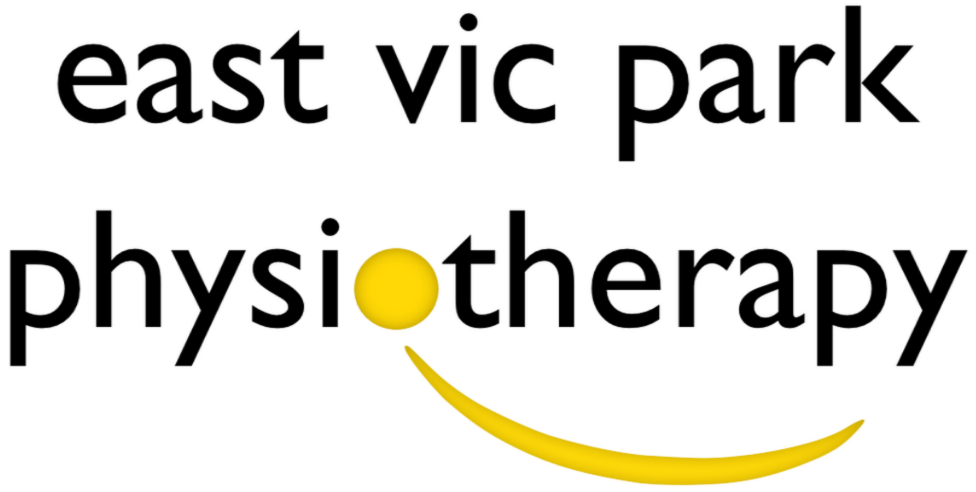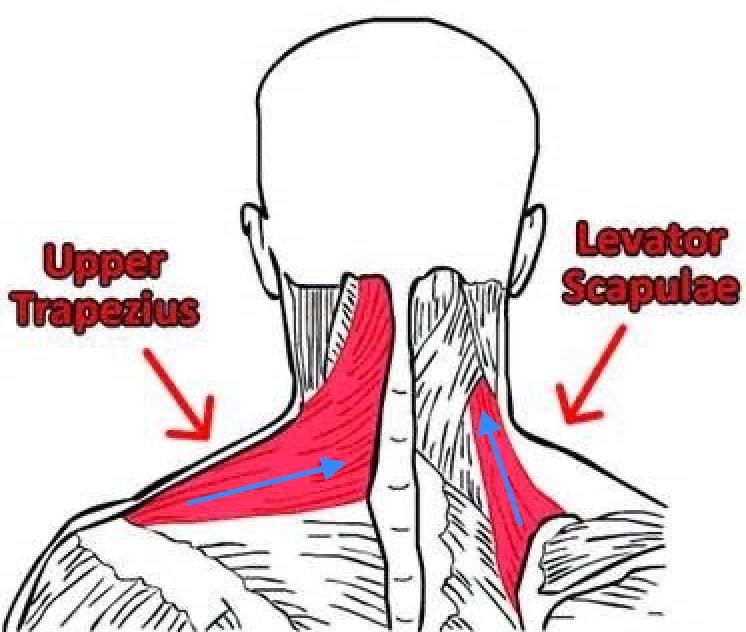Upper Trapezius gets a lot of blame as the cause of long-standing neck pain. If you have been treated by a medical professional for neck pain you may well have received some massage, taping or advice to ‘relax’ your upper trapezius muscles - but is this what our treatment should target? Are we relaxing, stretching and massaging a muscle we should really be strengthening?
Are the upper traps overactive, or are they just weak?
In the presence of neck pain without precipitating trauma (i.e. pain following sustained or repetitive positions), most individuals will NOT have a specific pathoanatomical injury or source of symptoms.
Rather, pain seems to be the result of poor capacity or strength of the neck/shoulder complex, often with some dis-coordination of the muscles in this group.
Patients commonly report their upper traps are ‘holding tension’ resulting in a shrugged type posture. If we look at the fibre orientation of upper trapezius, versus a lesser known muscle levator scapula, we can see that with our arms by our side levator scapula is at a more optimal position to elevate or shrug the shoulders.
In fact, upper trapezius does not show significant activation until late ranges of overhead movement. The shoulder complex is designed to elevate and by drawing our shoulders ‘down and back’ we are fighting against the natural biomechanical design of our bodies and potentially creating muscle discoordination.
Is a tight muscle an overactive muscle?
It is a common misconception tight or overactive muscles need to be massaged and relaxed. Often a muscle with increased tone or tension is due to that muscle being weak OR the entire muscular complex not working well together.
What does this mean for treatment of neck pain?
The last 10 or so years of research have shown increasing the strength of upper trapezius and muscles of the neck/shoulder complex reduce sustained and repetitively aggravated neck pain. A personal favourite of mine are lateral raises, working the upper trapezius in ranges of elevation where it is in the best position to active. A twice weekly workout of 3 sets of 8 repetitions have been shown to significantly reduce reported pain. General exercise such as walking, running or cycling should not be forgotten, especially if you are in a sedentary job.
This is also relevant for our gym population – your shoulder complex is actually stronger with some elevation. It is unnecessary and perhaps slowing your gains to ‘set’ your scapula in retraction prior to lifting.
Want more information on neck pain? Check out our past blog of the relationship (or lack thereof) between specific postures and pain.


